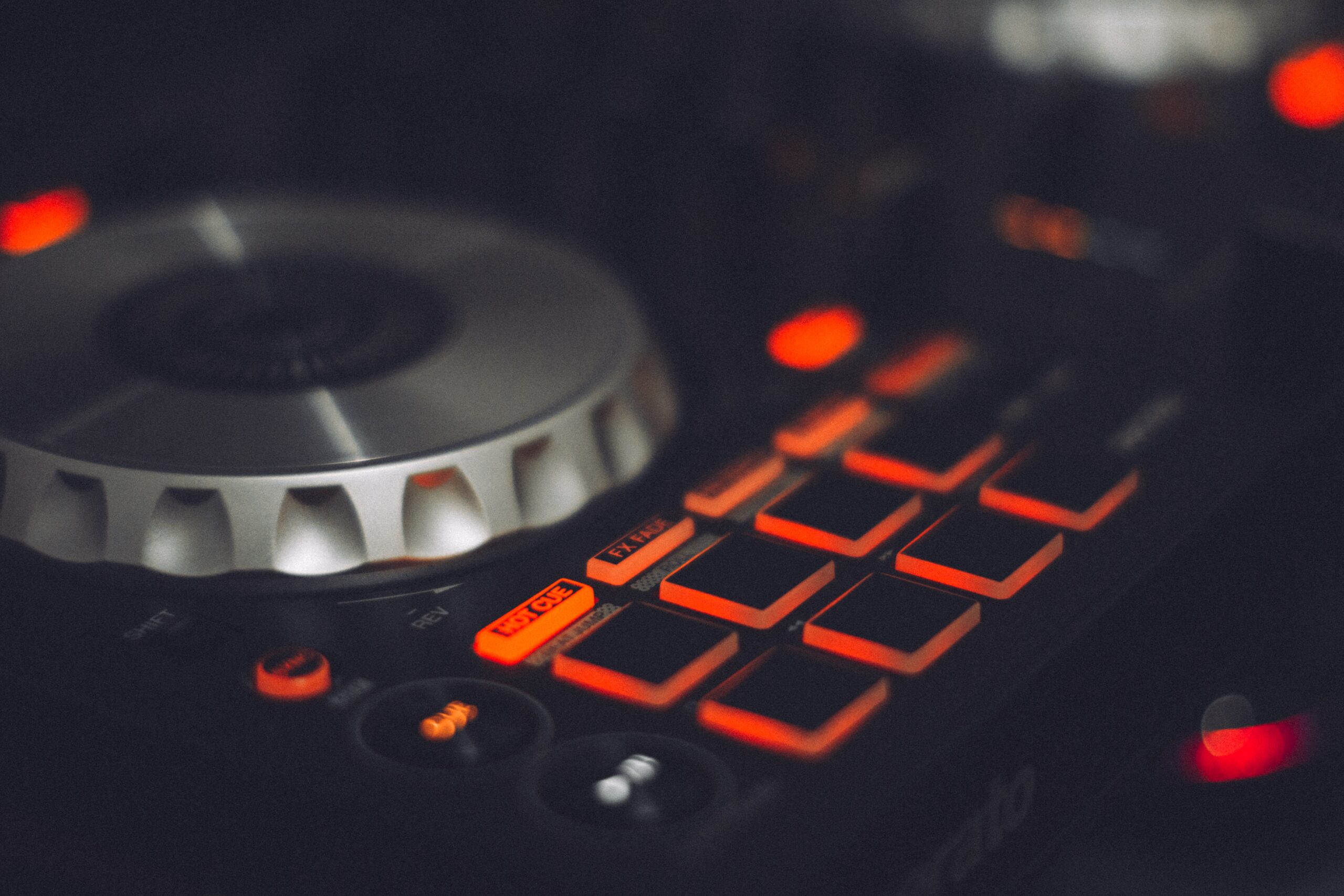In the ever-evolving landscape of electronic music production, collaboration has become more dynamic than ever. Whether you’re in the same studio or continents apart, there are numerous methods for electronic music artists to collaborate and create together. In this blog post, we’ll dive into a symphony of techniques, both in-person and remote, that empower electronic music artists to harmonize their creativity.
- In-Person Collaboration: Fostering Creative Energy in the Studio: In the studio, magic happens when creative minds come together. Here are some methods for in-person collaboration:
- Live Jam Sessions: Artists can connect their synthesizers, drum machines, and controllers to create spontaneous, live electronic music performances. This real-time interaction often leads to unexpected and innovative sounds.
- Hardware Modulation: Utilizing various hardware equipment, artists can tweak knobs, experiment with effects, and blend sounds in real time. This tactile approach to music-making enhances collaboration by allowing artists to feed off each other’s energy.
- Define Your Roles: Understanding each other’s strengths in the studio will allow you to collaborate more effectively. Are you a technical wizard in the DAW? Or do you prefer to find samples and experiment with hardware? Setting an intention for each member of the studio will help to streamline the process of collaboration. Don’t forget that you should look to switch up your role occasionally to challenge your creative output.
2. Remote Collaboration: Breaking Boundaries Across the Globe: Even when miles apart, electronic music artists can collaborate seamlessly. Here are effective methods for remote collaboration:
- Online DAWs and Cloud-Based Platforms: Cloud-based Digital Audio Workstations (DAWs) allow artists to work on the same project remotely. Platforms like Splice and BandLab enable real-time collaboration, enabling artists to upload, edit, and share project files effortlessly.
- File Sharing and Version Control: Utilizing cloud storage services, artists can share stems, samples, and project files. Version control ensures that everyone is working on the latest iteration, preventing confusion and ensuring a smooth workflow.
- Virtual Studio Sessions: Platforms like Zoom or Discord facilitate virtual studio sessions. Artists can screen share their DAWs, enabling real-time collaboration on arrangement, sound design, and mixing decisions.
3. Hybrid Collaboration: Blending the Best of Both Worlds Combining in-person and remote methods can yield powerful results. Here’s how electronic music artists can create a hybrid collaboration experience:
- Studio Sessions with Remote Feedback: Artists can start projects together in the studio, then continue refining ideas remotely. Sharing project files and exchanging feedback online allows for iterative development.
- Collaborative Remix Challenges: Organize remix challenges where artists collaborate remotely to remix each other’s tracks. This fosters a sense of community and encourages creative reinterpretations of existing work.
- Hybrid Live Performances: In a live performance setting, artists can blend live elements from both in-person and remote collaborators. This hybrid approach enables diverse contributions, resulting in a rich and engaging performance.
In the world of electronic music, collaboration knows no boundaries. Whether in the same room or oceans apart, electronic music artists can create breathtaking compositions by embracing a variety of collaborative methods. By harnessing the power of in-person sessions, remote technology, and hybrid approaches, artists can continue to push the boundaries of creativity, making groundbreaking music that resonates with audiences worldwide. So, try out a few of these collaborative methods, and discover what works best for you.
